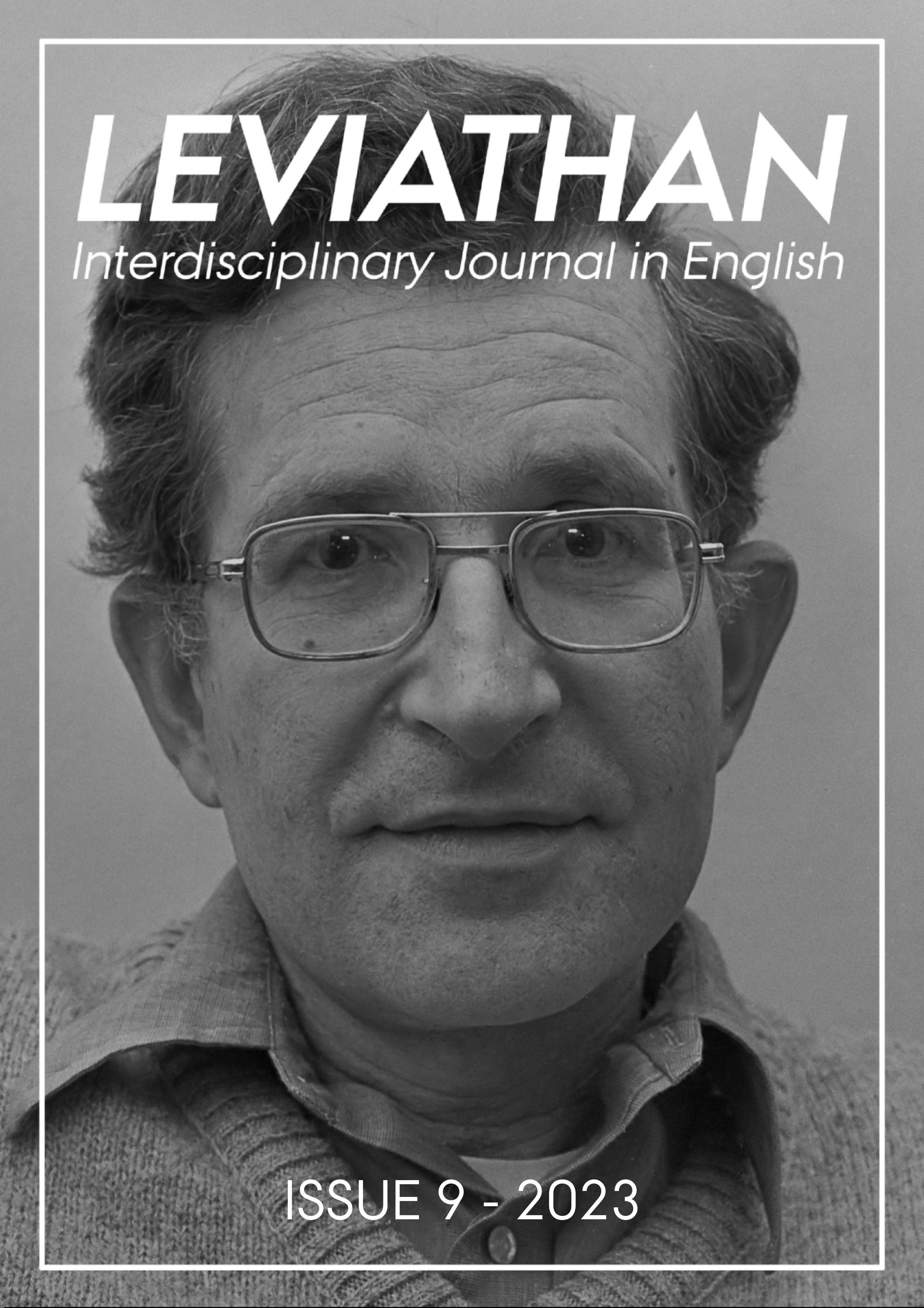Possessor Extraction in English and Danish
DOI:
https://doi.org/10.7146/lev92023136542Keywords:
possessor extraction, possessive phrase, wh-movement, English-Danish grammatical differencesAbstract
Both English and Danish are Germanic languages which are said to require pied-piping of possessive phrases when they are moved, for example in questions like Whose computer do you think this is? If pied-piping is not required in such movements, an alternative way of asking the same question could be Who do you think’s computer this is? (or perhaps, for Danish readers, Hvem er dets computer? [Who is it’s computer?] might be acceptable), where the possessor who/hvem has been extracted from the possessive phrase whose computer/hvis computer, leaving the rest of the possessive DP material -’s/-s computer behind. This type of movement is called possessor extraction (PE), and Davis (2021) provides evidence for the possibility of it in colloquial English for some speakers. This article is a pilot study of Danish PE, suggesting initial generalizations and comparing these to Davis’s (2021) generalizations about English PE.
References
Aarts, Bas. 2011. Oxford Modern English Grammar. New York: Oxford University Press.
Aarts, Bas. 2014. “of-genitive.” The Oxford Dictionary of English Grammar. Oxford: Oxford University Press. https://www.oxfordreference.com/view/10.1093/acref/9780199658237.001.0001/acref-9780199658237-e-996.
Bostrup, Lise. 2018. “Hvis er dets? [Whose is it’s?]” Folkeskolen.dk, June 24, 2018. Accessed February 8, 2023. https://old.folkeskolen.dk/638521/hvis-er-dets.
Christensen, Lisa Holm and Robert Zola Christensen. 2019. Dansk grammatik [Danish grammar], 4th edition. Odense: Syddansk Universitetsforlag.
Dahlerup, Verner. 1926. “hvis.” Ordbog over det danske Sprog [Dictionary of the Danish Language], Det Danske Sprog- og Litteraturselskab. Copenhagen: Gyldendal. Accessed February 8, 2023. https://www.ordnet.dk/ods/ordbog?query=hvis.
Davis, Colin P. 2021. “Possessor Extraction in Colloquial English: Evidence for Successive Cyclicity and Cyclic Linearization.” Linguistic Inquiry, 52 (2): 291-332. doi:10.1162/ling_a_00369.
Gavruseva, Elena. 2000. “On the Syntax of Possessor Extraction.” Lingua 110 (10): 743-772. doi:10.1016/S0024-3841(00)00015-2.
Gavruseva, Elena and Rosalind Thornton. 2001. “Getting It Right: Acquisition of Whose-Questions in Child English.” Language Acquisition 9 (3): 229-267. doi:10.1207/S15327817LA0903_2.
Haegeman, Liliane and Jacqueline Guéron. 1999. English grammar: a generative perspective. Blackwell Publishing.
Hansen, Erik, and Lars Heltoft. 2011. Grammatik over det danske sprog [Grammar of the Danish language], edited by Torben Christiansen. Copenhagen: Det Danske Sprog- og Litteraturselskab.
Katballe-Kristensen, Peter. 2022. “Determiner Phrase or Genitive Phrase? An examination of possessives structures in Danish and English.” Journal of Language Works 7 (1): 22-39. https://www.tidsskrift.dk/lwo/article/view/132782.
Lundskaer-Nielsen, Tom and Philip Holmes. 2011. Danish: an Essential Grammar. 2nd edition. Florence: Taylor & Francis Group.
Quirk, Randolph, Sidney Greenbaum, Geoffrey Leech and Jan Svartvik. 1985. A comprehensive grammar of the English language. New York: Longman Group.
Ravnholt, Ole. 2006. “Gruppegenitiv: Søren og Sofies sølvbryllup [Group genitive: Søren and Sofie’s Silver Jubilee].” sproget.dk, May 8, 2006. Bogense: Dansk Sprognævn. Accessed February 8, 2023. https://www.sproget.dk/raad-og-regler/artikler-mv/svarbase/SV00000063.
Vikner, Sten. 2014. “Possessorens status inden for nominalgruppen” [The status of the possessor inside the nominal group]. Ny Forskning i Grammatik 21: 193-211. doi:10.7146/nfg.v22i21.23570.
Downloads
Published
How to Cite
Issue
Section
License
Copyright (c) 2023 Leviathan: Interdisciplinary Journal in English

This work is licensed under a Creative Commons Attribution-NonCommercial-NoDerivatives 4.0 International License.
Attribution-NonCommercial-NoDerivatives 4.0 International (CC BY-NC-ND 4.0)
You are free to share (copy and redistribute the material in any medium or format).
However:
You may not use the material for commercial purposes.
You must give appropriate credit, provide a link to the license, and indicate if changes were made. You may do so in any reasonable manner, but not in any way that suggests the licensor endorses you or your use.
If you remix, transform, or build upon the material, you may not distribute the modified material.
You may not apply legal terms or technological measures that legally restrict others from doing anything the license permits.





